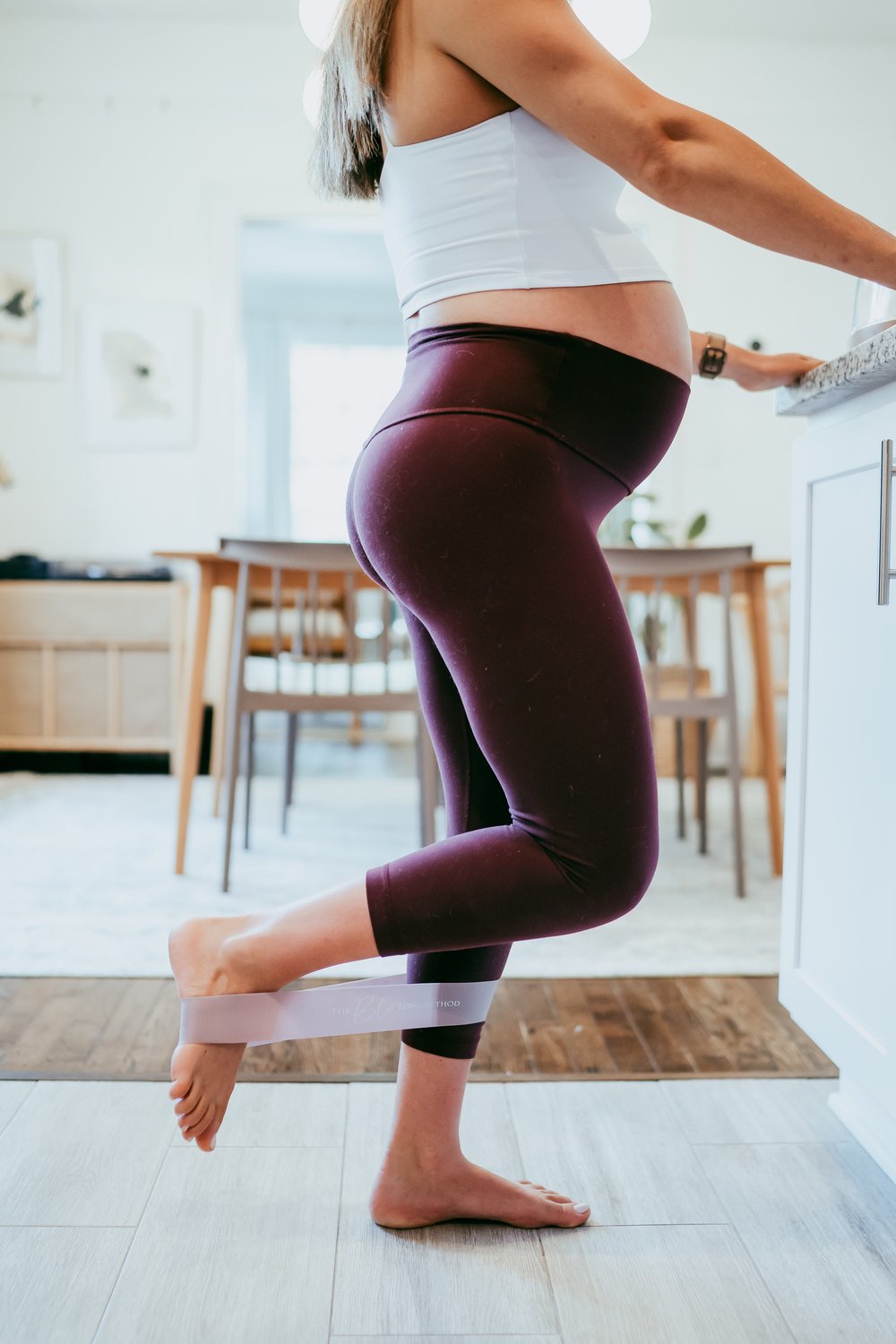Glute Exercises for Pregnancy and Postpartum
Try these glute activation techniques to ensure your butt is pulling its weight during pregnancy and postpartum.

All too often, we tend to focus on how our butt looks in a pair of pants, or whether our butt fits in a pair of pants. Especially during pregnancy and postpartum, it’s important to maximize the functionality of this massive muscle group to support your body during both the growth phase and the healing phase.
Your glutes are the largest muscle in the body and have three major components: glute minimus, glute medius, and glute maximus. First and foremost, their job is to facilitate hip external rotation and hip extension. In other words, your glutes should activate when you:
Stand up from a seated position.
Climb stairs.
Hold yourself in a standing position.
When working out, these basic movements translate into squats, lunges, hip bridges, and so much more. Basically, your glutes are involved - or should be involved - in every functional movement. During pregnancy, your center of gravity shifts as your belly grows, leaving your glutes unengaged. Without mindful, glute-focused training, your quads and hip flexors will likely try to compensate and become tight and painful.
Focusing on your glutes during pregnancy and postpartum can help improve your posture, prevent low back pain, improve core and pelvic floor health, and improve your strength overall.
Booty vs Quads
If you’re like a lot of moms, you tend to feel your quads instead of your glutes during exercises like squats and lunges. This also probably makes your quads feel very tight and may cause some hip flexor pain as the tension pulls your pelvis forward. When you strengthen and activate that booty, you can rein in the quads and bring more balance to the system.
Embracing a couple of simple and straightforward shifts in how you perform glute-focused moves makes all the difference and produces the results you’re after.
Move from your quads into your booty with these two simple tips:
Drive up from your heel rather than the ball of the foot. It’s important to maintain contact with all four corners of your feet when performing exercises where you press through the foot to initiate the move. When your weight is driving down, primarily through the ball of the foot versus the heel, the quads get activated instead of your glutes.
Don’t let your knee travel towards your toes. While sometimes knees over toes is an effective technique, it’s not optimal when trying to engage your glutes. Instead, shift that knee back, bringing it to stack on top of the ankle while tracking in line with the first two toes. This will give you a deeper glute activation by recruiting the backline of the legs instead of the front (be quiet, quads!).
If these two things don’t cause your primary muscles to fire better, you might need to implement some foam rolling and mobility work, pay closer attention to your form during exercise, or even consider seeing a physical therapist to help re-establish the correct firing of the muscles. Dry needling can also be an effective way to reduce pain and restore function.
Of course, big, dynamic movements like squats and lunges require the quads to be participating players as well. The problem arises when those quads start to burn, yet the booty feels fine and frustratingly un-affected by the workout. In this scenario, there is probably some re-patterning that needs to take place.
Glutes, Core, and Pelvic Floor
Your glutes can tell us a lot about your core + your pelvic floor. We’ve all heard of “flat booty syndrome.” While some of us simply have less junk in the trunk, a flat booty can be a sign of pelvic floor issues that denote a lack of glute activation and increased pelvic floor activation.
Sing it with us: 🎶the booty muscles are connected to the core muscles and the core muscles are connected to the pelvic floor muscles 🎶
When your core or pelvic floor is showing signs of dysfunction you must investigate other areas of your body to fully address what’s happening. Just because the issues are manifesting in your core doesn’t mean they are originating there. It may mean you need to turn on your glutes to help prevent and heal an injury.
Mis-managed pressure is often the leading cause of a variety of core-based Injuries. Think:
Diastasis Recti
Incontinence
Prolapse
Queefing
Hernia’s, and even
Hemorrhoids
When our pressure system is off within our core it directly affects what’s going on in your pelvic floor. The beauty of this connection is that when we address a core dysfunction with better pressure management (and other tricks) we often times address any imbalance within the pelvic floor. The more you can see your core and your pelvic floor as one fluid unit, the better you connect optimally to both.
The Best Exercises to Activate Your Quads
We hear a lot about glutes not firing properly both during and post-pregnancy. While there can be a few things happening, start by checking in with:
Your posture
Your form and
Your hip mobility
Bloom Founder Brooke Cates put together this awesome pre-workout banded activation circuit that can also be super helpful in getting a better glute response during your workout.
Grab 1-2 of your Bloom Resistance Bands, if using two bands, make sure that the one around your ankles is significantly lighter than the one above your knees (this allows for necessary flexibility at the ankle).
PERFORM 20 reps of each move with your sole focus on building some FIRE in those glutes
COMPLETE 2 full rounds of each with intentional movement and breath/core awareness.
Tip: Work against the resistance, make sure to maintain tension on the bands for the full range of motion to get the most out of your band usage.
If your glutes are notorious for being shy during your sweat sessions, try adding this or a similar circuit prior to each workout until your glutes start talking without the aid of pre-activation work.
Please note that while using focused activation techniques can help in huge ways, they are not the only answer. If you don’t see/feel improvement in the way your glutes are firing by implementing this, explore other options.
Bottom Line:
Back to that booty talk. If you struggle to feel your glutes firing during glute-focused training and/or you notice a tendency toward tucking your booty under instead of letting it power out - it’s quite likely you’re dealing with weak glutes that aren’t properly activating.
Turn on the glutes to ensure their ability to play a role in daily movements and exercise. Engaged glutes will help you tap deeper into your core and pelvic floor while maximizing results, whether your ultimate aim is prevention or healing.
Our bodies are a remarkable unit of connectivity so if you’re working on tapping into better awareness of the health of your core “unit” make sure you address each player fully.



